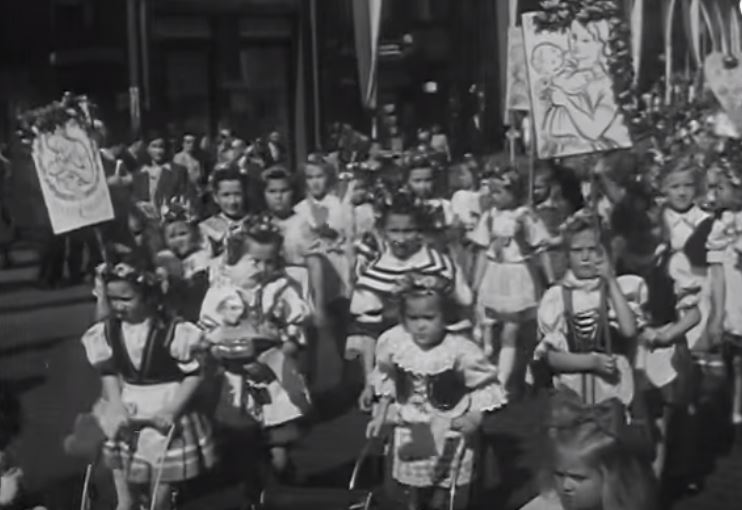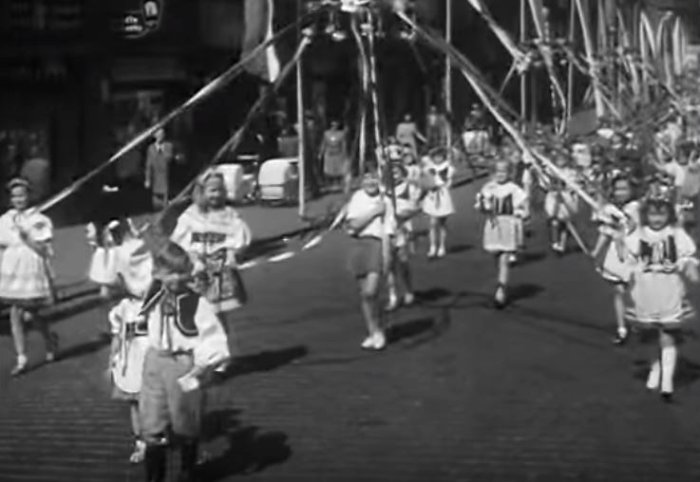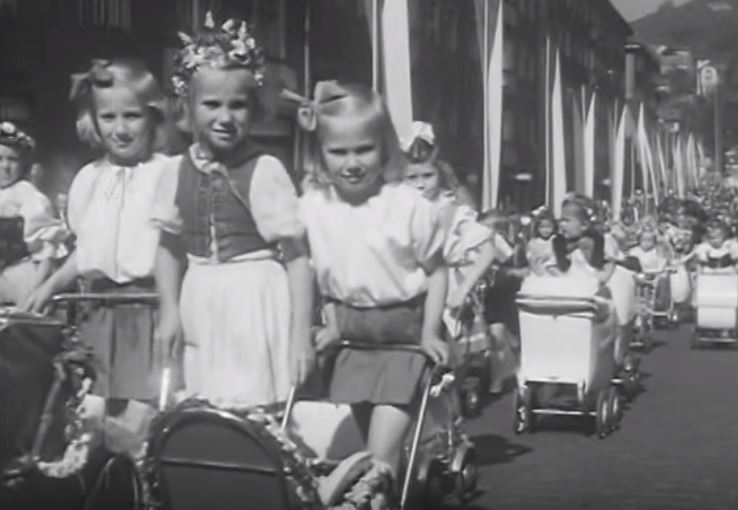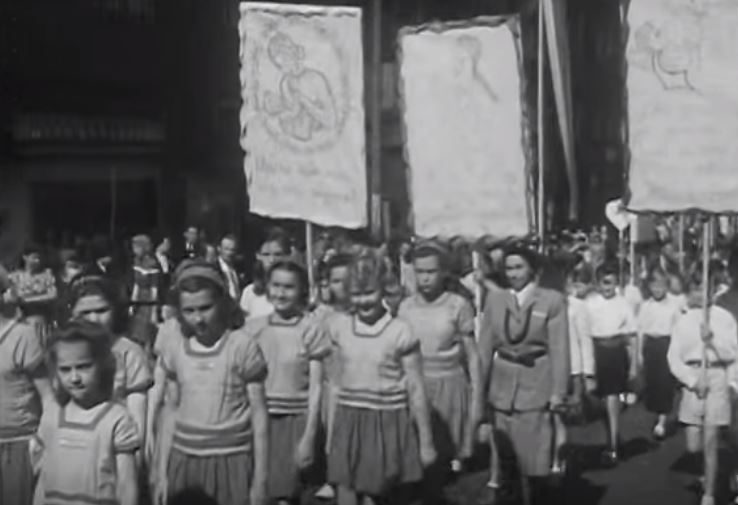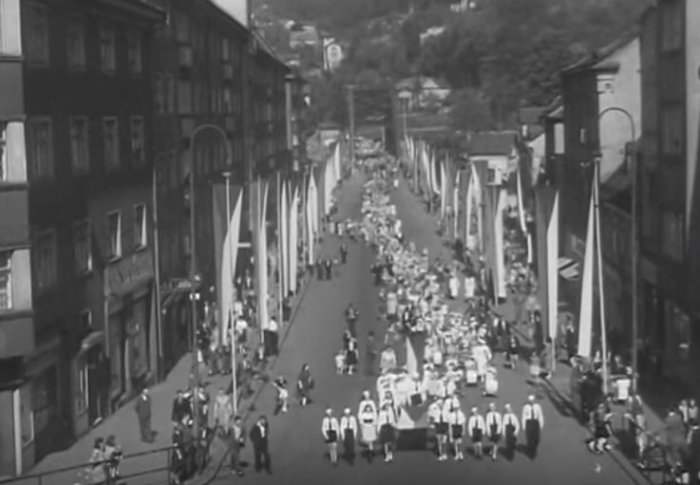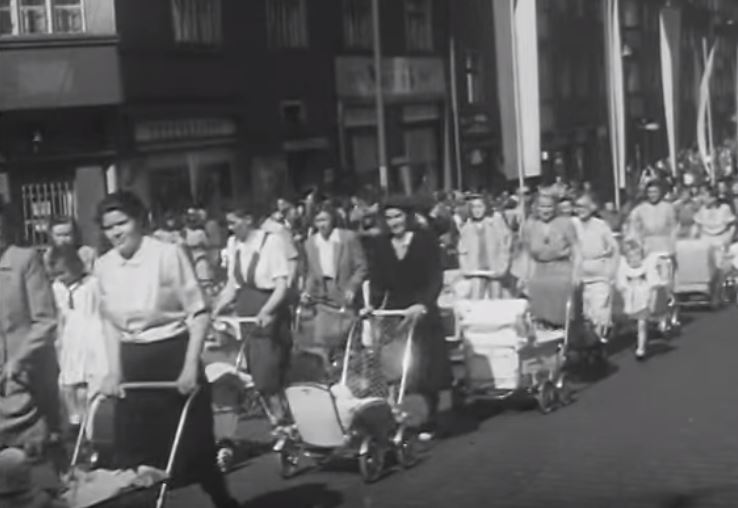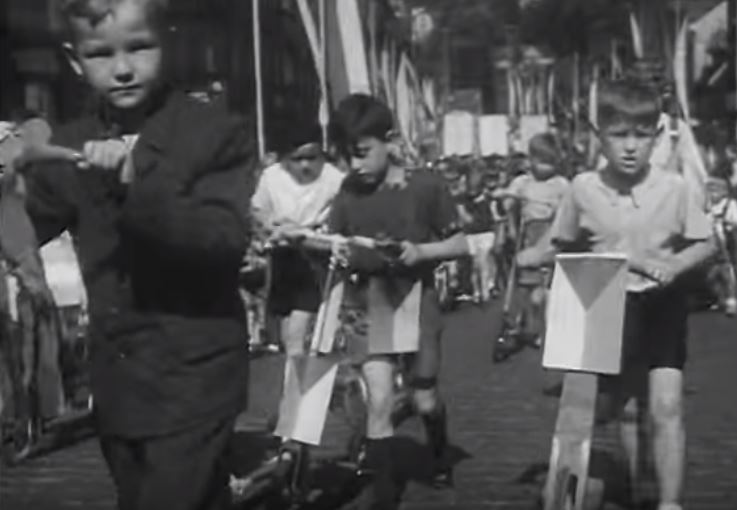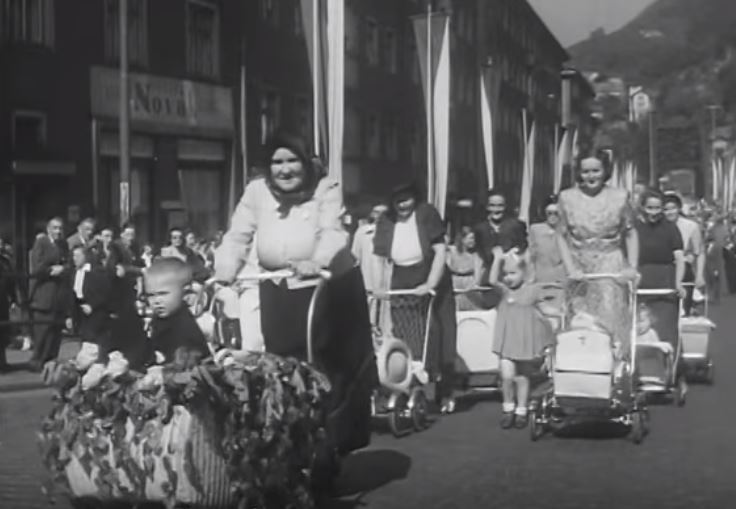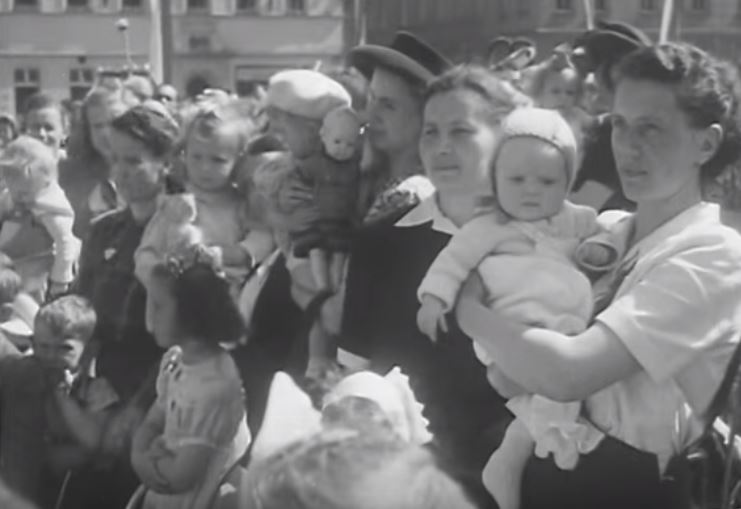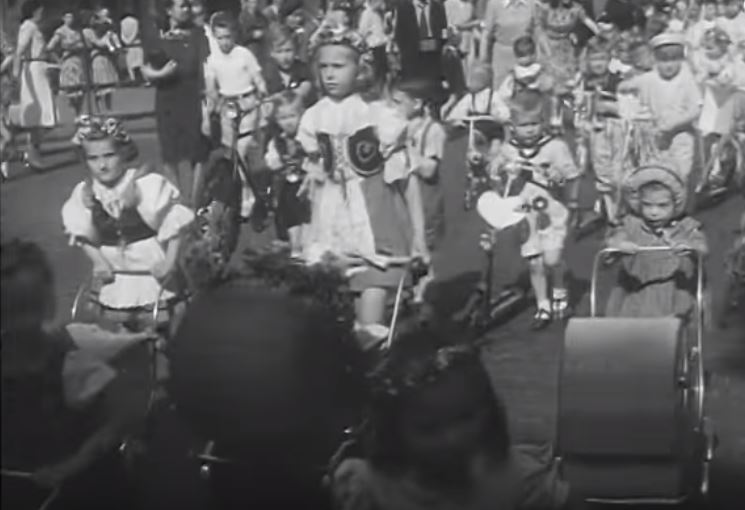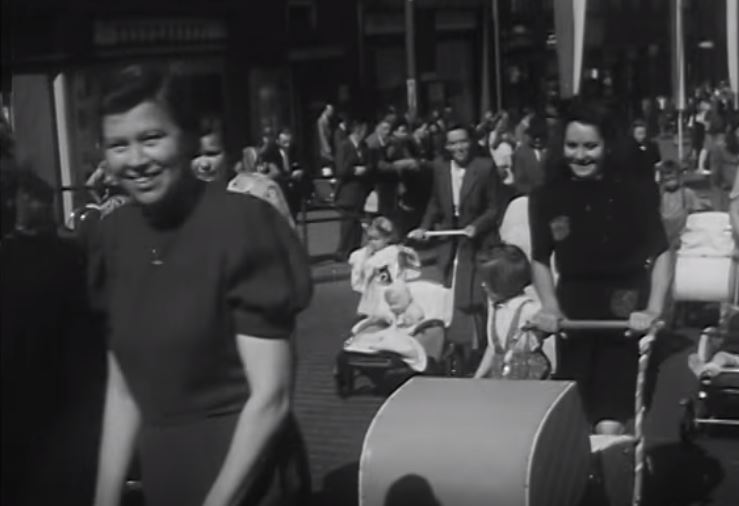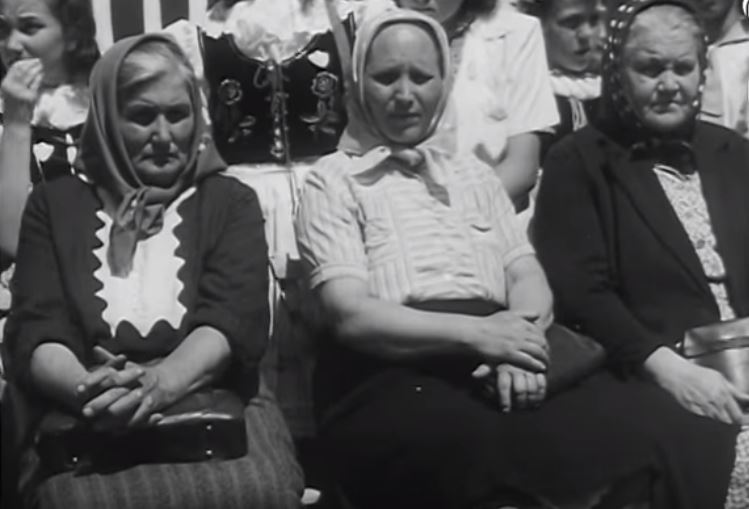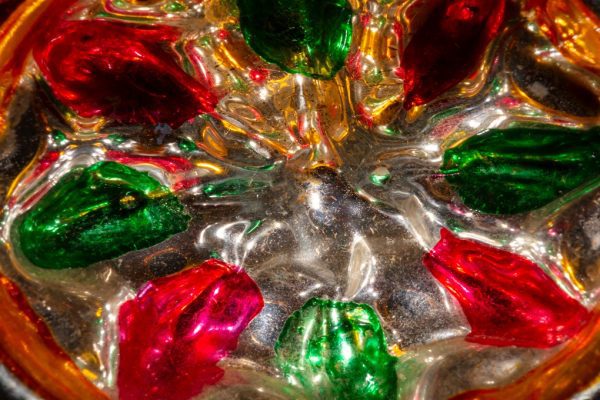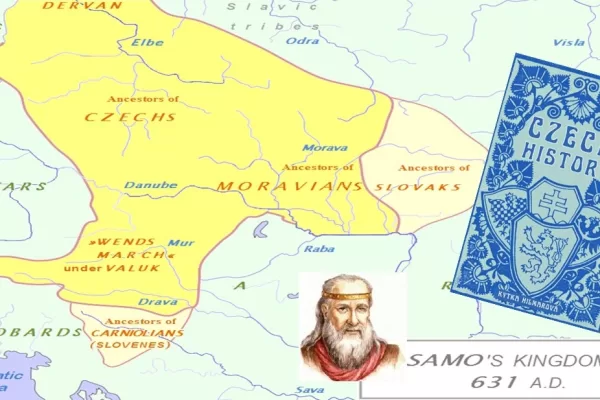To honor the Mother’s today, I am sharing some photographs of Mother’s Day in 1948 in the former Czechoslovakia.
In the Czech Republic, Mother’s Day is celebrated every second Sunday in May. It started in 1923. Traditionally, children make handmade gifts or write poems for their mothers.
The roots can be traced all the way back to when people celebrated the ancient Goddesses for giving life. The more modern version that we recognize in the U.S. was brought to the Czech Republic by none other than Alice Masaryková.
Born on May 3, 1879, she was the first child of the (then) future founder and first president of Czechoslovakia, Tomas Garrigue Masaryk and his American wife Charlotte.
Alice had an interesting childhood. She was born in Vienna and when she was three, her parents moved to Prague. She spoke Czech because her father was Czech but she was also in a German environment in Vienna so she learned German. She also spoke English because her mother was an American. It was thanks to her that the tradition began.
She also started the Red Cross Easter Silence, a two-minute silence which was observed around the country. In 1948 the tradition was radically transformed into International Red Cross Day, and was moved from Easter to May 8 to remove any religious connotations.
After World War II communists replaced Mother’s Day with International Woman’s Day, celebrated on 8 March. The former Czechoslovakia celebrated Women’s Day until the Velvet Revolution in 1989.
After the split of the country in 1993, the Czech Republic started celebrating Mother’s Day again and today it resembles very much what we recognize in the U.S. a Mother’s Day.
But in 1948 it was an all town event, a huge fair of well dressed children in their celebratory attire and mothers of all ages…
These images are from the town of Děčín, a town in the Ústí nad Labem Region in the north of the Czech Republic. Czech Republic.
From 1938 to 1945, Děčín was one of the municipalities in Sudetenland.
Děčín station is about 85 minutes north of Prague by train.
The Děčín (Tetschen in German) area was settled in the 9th Century by the Slavic tribe of the Děčané. In the 10th century the Přemyslid dukes of Bohemia had a fortress built on the left bank of the Elbe ford, but after a flood it was rebuilt on the right bank in 1059. A settlement on the trade route from the Ore Mountains in the west to the adjacent Upper Lusatia region was first mentioned in a 993 deed.
King Ottokar II of Bohemia (1253–1278) had the town of Děčín laid out as an administrative centre of the surrounding estates after calling in German settlers. The population, history and culture stayed German until their expulsion in 1945.
The mothers and grandmothers in these photographs are surely long gone, with all of their history and the many family stories gone with them.
Today, Děčín is not doing so well. It has one of the highest unemployment rates in the Czech Republic and the area suffers from extreme flooding and severe droughts.
Sadly, the times of a happy people’s parade, like the one we see in these images, is long gone.
Sources, Euroactiv, Wikipedia, RadioCZ.
If you have not already subscribed to get TresBohemes.com delivered to your inbox, please use the form below now so you never miss another post.
Remember, we rely solely on your donations to keep the project going.
Become a friend and get our lovely Czech postcard pack.

